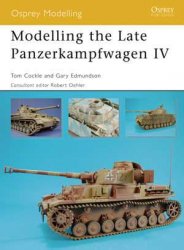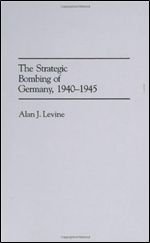Population growth and expansion of commercial agriculture at the end of the 19th century and the start of the 20th century led many inhabitants to leave the island of Puerto Rico. While many went to Cuba and the Dominican Republic and to other parts of Latin America, especially large groups immigrated to the United States, and they continued to come in the post-World War II years.
The earliest migration of Puerto Ricans to the United States began shortly after an unsuccessful rebellion by Creole Puerto Ricans against the Spanish colonial government in 1868. Some of the leaders of the rebellion moved to the United States as political exiles.
Puerto Ricans arrived in the United States in large numbers shortly after the Spanish-American War in 1898, when Spain ceded the island to the United States. It remained a colony until 1917 when the Jones Act made Puerto Ricans citizens of the United States with the right to travel freely between the two countries. This encouraged even more immigration, with New York City being the focal point. Citizenship also made it much easier for Puerto Ricans to regularly travel back and forth between the two countries. Under the Jones Act, it was possible for the island to maintain its own government while the United States established a military base there and controlled all international affairs dealing with the island.
Economic hardship also drove migration after the Spanish-American War. Although many Puerto Ricans were glad to be rid of the Spanish government, under the direction of the United States the economy was increasingly based on the export of coffee. An import tax in the United States caused many Puerto Rican farmers to lose their farms and leave the island. Many of these migrants came to work as seasonal farmworkers along the eastern seaboard. Others came to work in factories in urban centers. There, they settled and created their own neighborhoods called barrios.
At the beginning of the 1950s, Puerto Rico was faced with another agricultural crisis that spurred the largest migration of Puerto Ricans to the United States. Operation Bootstrap, a plan to industrialize the island that was sponsored by the U. S. government, was successful in its aims, but it carried the added effect of diminishing agricultural jobs and driving farmers away. Between 1950 and 1970, 600,000 people moved from the island to the United States. The Puerto Rican government actively promoted migration to the United States as an “escape valve” to avoid more poverty and overpopulation on the island. Cheaper air transportation made it even easier to migrate to the United States and return to Puerto Rico. Once in the United States, many Puerto Rican immigrants struggled to survive in the face of low wages, poor health, tenement living, and the harshly different climate of the northeastern United States. In such situations many women were forced to find work outside the home to supplement the family income.
Influenced by the changes brought by the Civil Rights movement and other movements of the 1960s, Puerto Ricans began to work through grassroots groups to create better living conditions in their communities. The Puerto
Rican Legal Defense and Education Fund was created in part to help create counseling and educational guidance for Puerto Rican youth in the cities. The implementation of bilingual education in the public school system counted among their successes. People in many barrios encouraged the creation of social clubs, religious associations, and athletic teams as ways of creating positive values and creating a viable community. Also in the 1960s and 1970s, radical Puerto Rican political groups such as the Young Lords challenged many of the standard notions held about their community and advocated a radical socialist alternative. They were able to create free breakfast, day care, and health care programs for the poor as well.
In the 1980s and 1990s, many significant changes took place in the Puerto Rican community. Many of the factory jobs in urban areas moved to countries where the wages were lower. Service sector jobs in communications, advertising, financial services, education, and government required high levels of education, which new migrants did not always possess. The media has also persisted in portraying Puerto Ricans in negative images, highlighting drug use, unemployment, and gang membership. Despite these difficulties, there has been an increase in the number of Puerto Ricans who are gaining college degrees and working in the white-collar sector.
Further reading: Juan Flores, Divided Borders: Essays on Puerto Rican Identity (Houston: Arte Publico Press, 1993); History Task Force, Centro de Estudios Puertorriquenos, Labor Migration under Capitalism: The Puerto Rican Experience (New York: Monthly Review Press, 1979); Clara
E. Rodriguez, Puerto Ricans: Born in the U. S.A. (Boston: Unwin Hyman, 1989).
—Kerry Webb




 World History
World History









